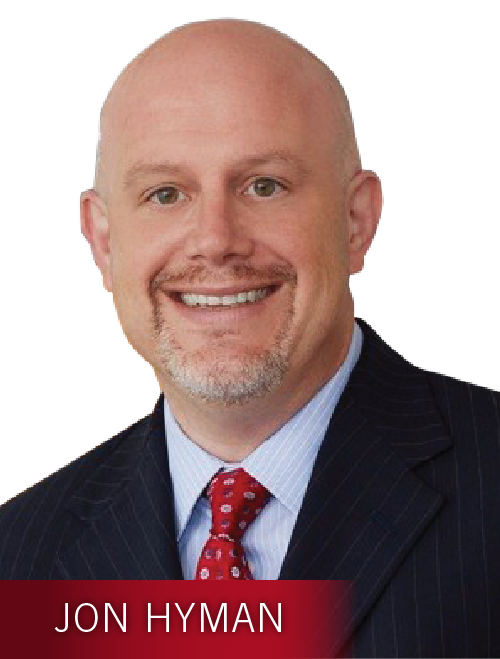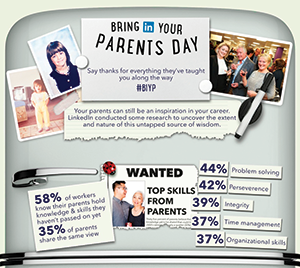The issue of privacy has become a matter of paramount importance in modern life, particularly with regards to medical issues.
Health care professionals and their assistants are constrained from revealing a person’s medical history and treatment without the express permission of their patients. However, in the workplace, liability can attach to an employer if an employee causes an accident, and the issue of liability can be exacerbated if the employee was impaired by an undetected use or misuse of legal prescription drugs. It’s a good idea for employers in safety-sensitive industries to be proactively aware if their employees are using prescription medication that may physically and mentally impair them.
Unfortunately, there is no case directly on point with regards to an employer mandating disclosure of prescription drug use by its employees on the job. However, analogies can be drawn from the current cases related to drug testing in key states like California and New York.
Reviews appear to indicate that required disclosure of prescription drug use may be upheld if:
- The employee is engaged in safety-sensitive duties.
- The drug in question may impact the employee’s ability to engage in safety-sensitive duties adversely.
- The disclosure is only related to on-the-job drug use.
- The information required to be disclosed is treated by the employer with the utmost discretion in order to safeguard the employee’s privacy.
Employee Privacy Rights
Failure of the employee to disclose may be determined either through random or focused drug tests provided there is a reasonable suspicion for a test focusing on a single employee and the random test is truly random.
The employee’s privacy rights would then be addressed in the method and manner of testing, and the subsequent dissemination of the results by the employer while due process issues would be addressed by the wording of the drug testing policy to be distributed to employees before this protocol is put into place.
According to Loder v. City of Glendale, in California, current employees have a greater expectation of privacy than do job applicants. Further, that case and Hill v. National Collegiate Athletic Association demonstrated the employer’s right to drug test current employees is subject to a balancing test between the employee’s reasonable expectation of privacy as safeguarded in the U.S. and California constitutions and an employer’s legitimate interest in safety.
The Loder court invalidated an across-the-board testing protocol which applied to every employee regardless of their job descriptions or duties. The protocol required a clerk or a secretary to be drug tested in the same method or manner as a truck driver operating heavy machinery.
The Loder court went on to hold that an employer may implement suspicion-based testing without violating an employee’s right of privacy as provided in the California Constitution. In Kraslawski v. Upper Deck Co., testing based on the reasonable suspicion of drug or alcohol use necessarily requires a showing of specific objective facts and rational inferences supporting the conclusion that an employee is under the influence of intoxicants.
However, the testing protocol must take into account the safety implications of the employee’s position with the company. In the case of Smith v. Fresno Irrigation District, the court upheld the termination of a construction and maintenance worker for failing a random drug test on the grounds that the worker’s position was safety sensitive and that his expectations of privacy were outweighed by his employer’s legitimate and substantial safety-related reasons for random drug testing.
Specifically, the court noted that the policy of the district was narrowly tailored to apply to employees in safety-sensitive positions. The defendant employed a computerized random number generator to determine which employee would be tested and on what date the testing would occur. The policy called for an average of two tests per classified employee each calendar year. The policy defined “safety-sensitive positions” as those which “as a normal course of business require the employee to operate district vehicles or heavy equipment or those positions in which the employee’s performance, reflexes and/or judgment impact the safety of others.”
After reviewing the balancing of the plaintiff’s reasonable expectation of privacy with the district’s interest in reducing the incidence of serious harm to its employees, the court found that the use of the drug tests by the district was legitimate. The court noted that an employer need not wait for an accident to occur prior to instituting policies which address their safety concerns. The court also found that the plaintiff’s expectation of privacy was diminished by the fact that the district gave its employees six months’ notice before it implemented its drug testing policy.
Classification of Safety-Sensitive Positions
 However, simply citing the program as safety-related does not relieve the employer of addressing the very real privacy concerns. For example, in the matter of Luck v. Southern Pacific Transportation Co., a computer programmer working for the Southern Pacific Transportation Co. refused to submit a urine sample as part of an unannounced drug test by her employer. She was terminated. The court upheld a verdict awarding her damages for wrongful termination noting that the mere fact that she worked for an employer that is safety-sensitive does not make her position a safety-sensitive position.
However, simply citing the program as safety-related does not relieve the employer of addressing the very real privacy concerns. For example, in the matter of Luck v. Southern Pacific Transportation Co., a computer programmer working for the Southern Pacific Transportation Co. refused to submit a urine sample as part of an unannounced drug test by her employer. She was terminated. The court upheld a verdict awarding her damages for wrongful termination noting that the mere fact that she worked for an employer that is safety-sensitive does not make her position a safety-sensitive position.
The Luck court also distinguished between unsupervised employees who work in the field and employees like the plaintiff who work in a traditional office environment where drug use may be more easily detected.
Moreover, even if the employee is firmly within the classification of safety-sensitive position, the privacy rights of the employee become far more pronounced when the testing is to be conducted off duty. The court in the case of Edgerton v. State Personnel Board found that off-duty follow-up drug testing of California Department of Transportation employees violated the employee’s privacy interests under the California Constitution.
In 1989, the U.S. Supreme Court in the case of Skinner v. Ry Executives Ass’n determined that, while the 4th Amendment prohibition against unreasonable searches and seizures is applicable to employment drug and alcohol testing, it is overcome by “the legitimate interest in preventing accidents and casualties in railroad operations that result from the impairment of employees.”
Similarly, New York courts found that pre- and current employment drug testing was warranted for subway conductors (Dozier v. New York City) and security guards (Jennings v. Leon), while an Illinois court upheld the compelled drug testing of a police officer as Constitutional (Hillard v. Bagnola). In all of these cases, the courts emphasized that the nature of the employment as safety-sensitive supported the need to test those employees periodically for drug and/or alcohol abuse on the job.
The takeaway from these authorities is that random drug tests must narrowly focus on employees engaged in safety-sensitive behavior. The Luck and Loder cases make clear that simply working in an office setting of a safety-oriented employer does not justify random drug testing of that employee.
That said, if the employee is engaged in safety-sensitive behavior, the expectation of privacy of that employee is reduced. This is particularly true if the protocol has been disseminated to the employees beforehand and they have a reasonable expectation that while they are on the job they may be subject to random testing. However, to the extent that testing occurs off duty, the balancing between privacy and legitimate concerns swings the other way toward the employee, as in Edgerton. Finally, if the employer has legitimate suspicions of drug use on the job based upon objective factors, courts have generally upheld an individualized drug test provided the drug test is done in a means and manner that is respectful of the employee’s right of privacy and allows the employee an opportunity to contest the results should they prove to be positive for prohibited medications and drugs.
Disclosing Prescription Drug Use as Condition of Employment
As noted, none of these cases addressed whether or not an employee can be compelled as a condition of his or her employment to disclose the use of prescription medication to the employer. If we analogize, however, it appears likely that the court will uphold that requirement as to safety-sensitive employees only.
In other words, this protocol and policy cannot be adapted to office workers but rather, should be limited to those employees who are in safety-sensitive positions, often in the field, where they cannot be directly supervised by management. Second, given that often we are talking about prescribed medication that is entirely legal, there must be a sensitivity as to the levels that are detectable in these tests.
As noted by the Edgerton case, a drug test is a periscope into the private life of an employee. That fact may have implications as to the employee’s off-duty life. The only justification for a drug test on duty is to determine whether or not an employee is impaired on duty and to provide a deterrent to that employee and others who might abuse drugs and medication while on duty.
If a metabolite is so low that the drug it is associated with was necessarily taken at its maximum strength while an employee was off duty, consequences while the employee is on duty run the risk of violating the employee’s right to privacy.
Michelle MacDonald is an employment law attorney with Gray Duffy LLP, based in Encino, California. Allyson Welden is a post-bar law clerk in the firm’s Encino office and assisted in research for this article.














